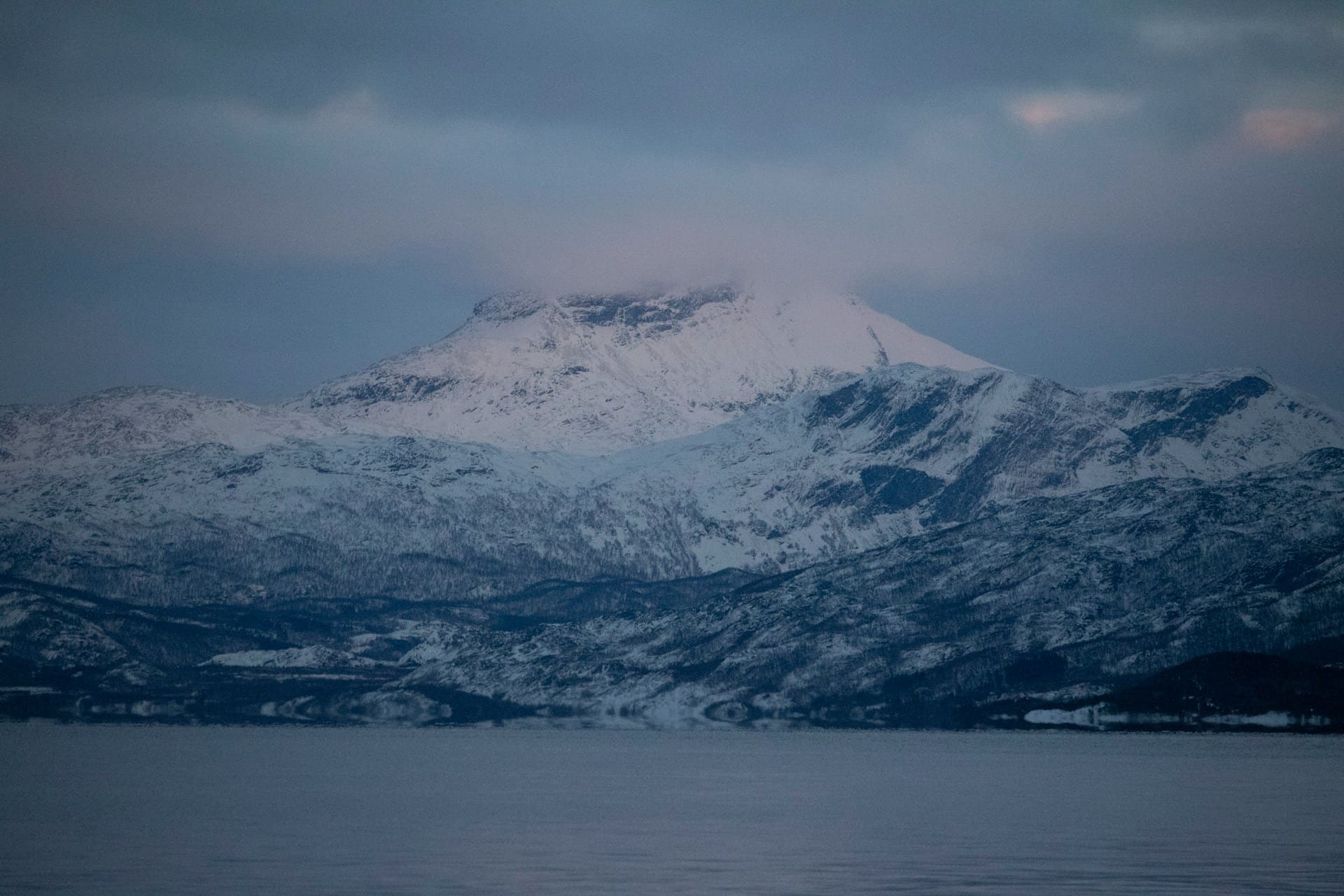Narvik (Norway) is preparing to leap into the forefront of artificial intelligence computing in Europe. Microsoft, Nscale, and Aker have signed a deal valued at $6.2 billion to deploy advanced AI and cloud infrastructure powered entirely by renewable energy. The project will be executed in phases starting from 2026 and is initially committed to a five-year timeframe.
The choice of location is no coincidence. Narvik, a port in a fjord more than 200 kilometers north of the Arctic Circle, combines abundant hydroelectric energy, low local electricity demand, and secured transmission capacity. Additionally, it benefits from a
What is being built and for what purpose
The core of the plan is GPU-accelerated computing capacity, essential for training and inference of cutting-edge AI models. The companies talk about a deployment aiming to rank among the largest in the world within its category, featuring scalable, sustainable infrastructure designed to serve both the public and private sectors across Europe.
Apart from volume, the project aims to fulfill three strategic objectives:
- Sovereignty and trust: hosting AI capacity in Europe, with renewable power supply and security controls within European jurisdiction, to meet compliance and data residency requirements for government and regulated sectors.
- Operational efficiency: reducing energy costs and carbon footprint through hydroelectric mix and climate conditions, improving metrics such as PUE and consequently lowering the TCO of AI workloads.
- Scalability and resilience: deploying infrastructure in phased ramps starting in 2026, mitigating supply chain risks and enabling a gradual rollout of services.
Why Narvik fits into the new geography of computing
The demand for GPUs and energy for AI has surged, and many European markets face high electricity prices, grid congestion, or complex permitting processes for new data centers. In this context, northern Europe — particularly Norway — becomes attractive for three reasons:
- Available green energy: Hydropower nearly covers the entire mix, with idle capacity in certain zones.
- Climate: Less need for mechanical cooling and better energy efficiency ratios.
- Connectivity and logistics: Existing port, rail, and electrical infrastructure accelerate civil works and commissioning.
Additionally, Narvik acts as a bridge between Scandinavia and the rest of the continent, a strategic position for competitive latency in pan-European services.
A five-year agreement with phased deliveries
The agreement among Microsoft, Nscale, and Aker sets a five-year horizon with stage-wise deliveries starting in 2026. This approach allows:
- Synchronizing civil works, hardware arrival, and network capacity connection.
- Adjusting deployment scale based on the maturity of demand and technology supply.
- Reducing operational and regulatory risks with a gradual ramp-up.
Messages from the companies
Microsoft emphasizes that the project will deliver the most advanced AI services to clients in Norway and across Europe, integrating into the company’s cloud offerings regionally. Nscale highlights that this is one of the largest GPU deployments globally, responding to an “unprecedented” demand for AI compute power. Meanwhile, Aker frames the initiative as a milestone for Norway to transform clean energy into a strategic digital capacity, positioning Narvik as a launchpad for a sovereign European cloud.
Anticipated impact and cautions
Although specific figures on employment or final capacity per phase have not been shared, projects of this scale typically generate peaks in construction and steady operation during deployment, along with a ripple effect on suppliers of cooling, electricity, fiber optics, security, MLOps, and orchestration. The commitment to renewable energy and cold climate aims to ensure more stable operating costs, a key factor for pricing and SLA benchmarks in AI services.
As with any large-scale deployment, important variables remain: local regulatory timelines, GPU delivery schedule, actual demand evolution, and alignment with sovereignty requirements of various European clients. The phased roadmap — if followed — provides room to absorb changes and adjust capacity as technologies and use cases mature.
Strategic outlook
At a time when Europe is debating how to secure AI computing capacity without over-reliance on third countries, Narvik emerges as a real-world laboratory: certifiable renewable energy, advantageous climate, and a consortium with financial muscle and industrial experience. If the initiative delivers on time and maintains cost competitiveness, it could set a benchmark for new Nordic hubs and help alleviate pressures on markets with expensive energy and saturated grids.
Sources consulted: Microsoft’s corporate statement on the Narvik project with Nscale and Aker, along with related informational materials. Links are omitted upon reader request.

